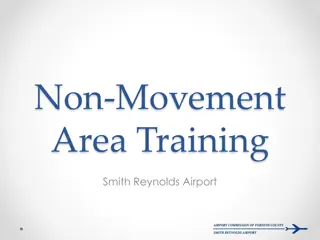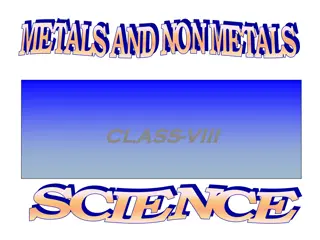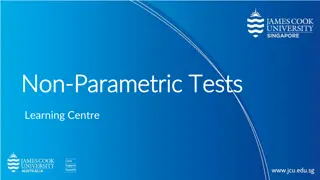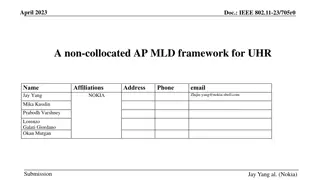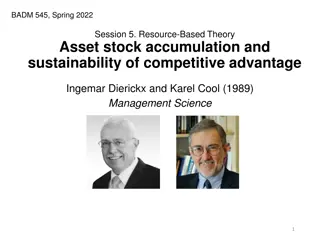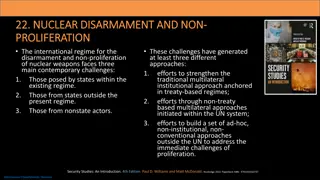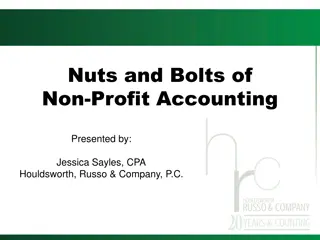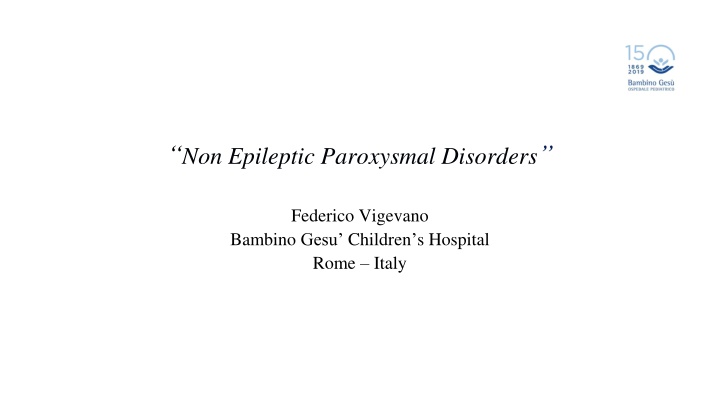
Non-Epileptic Paroxysmal Disorders and Their Distinction from Epilepsy
Non-epileptic paroxysmal disorders (NEPD) encompass various conditions that manifest as recurrent, paroxysmal symptoms often mistaken for epilepsy. This article explores the differentiation between NEPD and epilepsy, the coexistence of both in the same patient, and key diagnostic elements like anamnesis and event recording methods.
Download Presentation

Please find below an Image/Link to download the presentation.
The content on the website is provided AS IS for your information and personal use only. It may not be sold, licensed, or shared on other websites without obtaining consent from the author. If you encounter any issues during the download, it is possible that the publisher has removed the file from their server.
You are allowed to download the files provided on this website for personal or commercial use, subject to the condition that they are used lawfully. All files are the property of their respective owners.
The content on the website is provided AS IS for your information and personal use only. It may not be sold, licensed, or shared on other websites without obtaining consent from the author.
E N D
Presentation Transcript
Non Epileptic Paroxysmal Disorders Federico Vigevano Bambino Gesu Children s Hospital Rome Italy
With the term of Non Epileptic Paroxysmal Disorders (NEPD) we consider a variety of clinical entities that cause paroxysmal and recurrent symptoms that may be confused with epilepsy All that shakes is not epilepsy
Epileptic Seizure Versus NEPD Similarity Cohexistence in the same patient Same pathogenesis NEPD followed by Epileptic Seizure and viceversa
Coexistence in the same patient Psichogenic Non Epileptic Seizures in epileptic patient
Coexistence in the same patient Tremor: triangular contraction of agonist/antagonist muscles Flex dx Ext dx Tremor or myoclonus?
Myoclonus: co-contraction agonist/antagonist muscles Ext dx Flex dx
Key elements for diagnosis: Anamnesis: reconstruction of the scene, triggering factors, interrupting factors, relationship with sleep, ... Recording of the event: home video, polygraphic recording, detailled analisis of the ictal EEG counterpart



